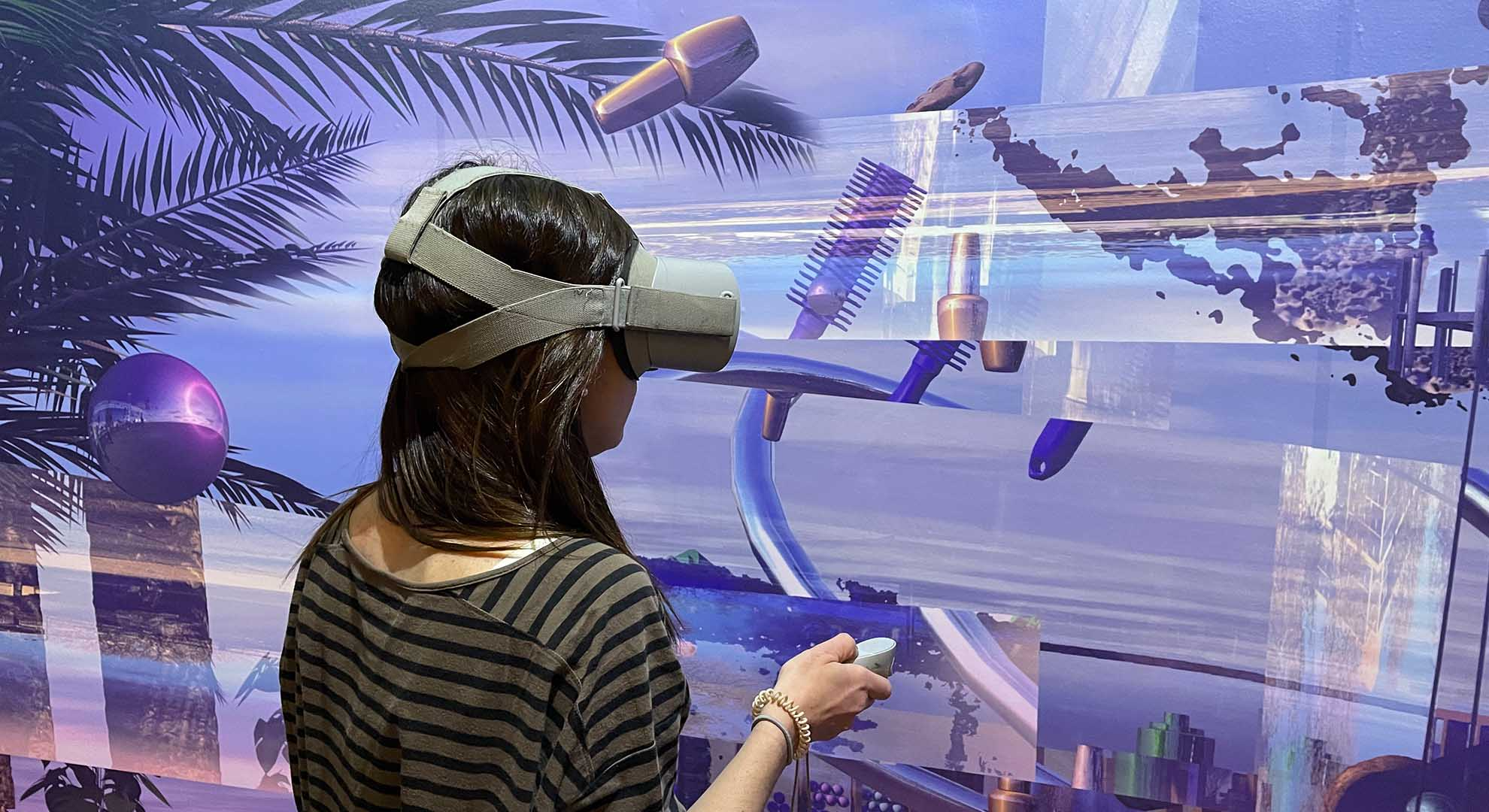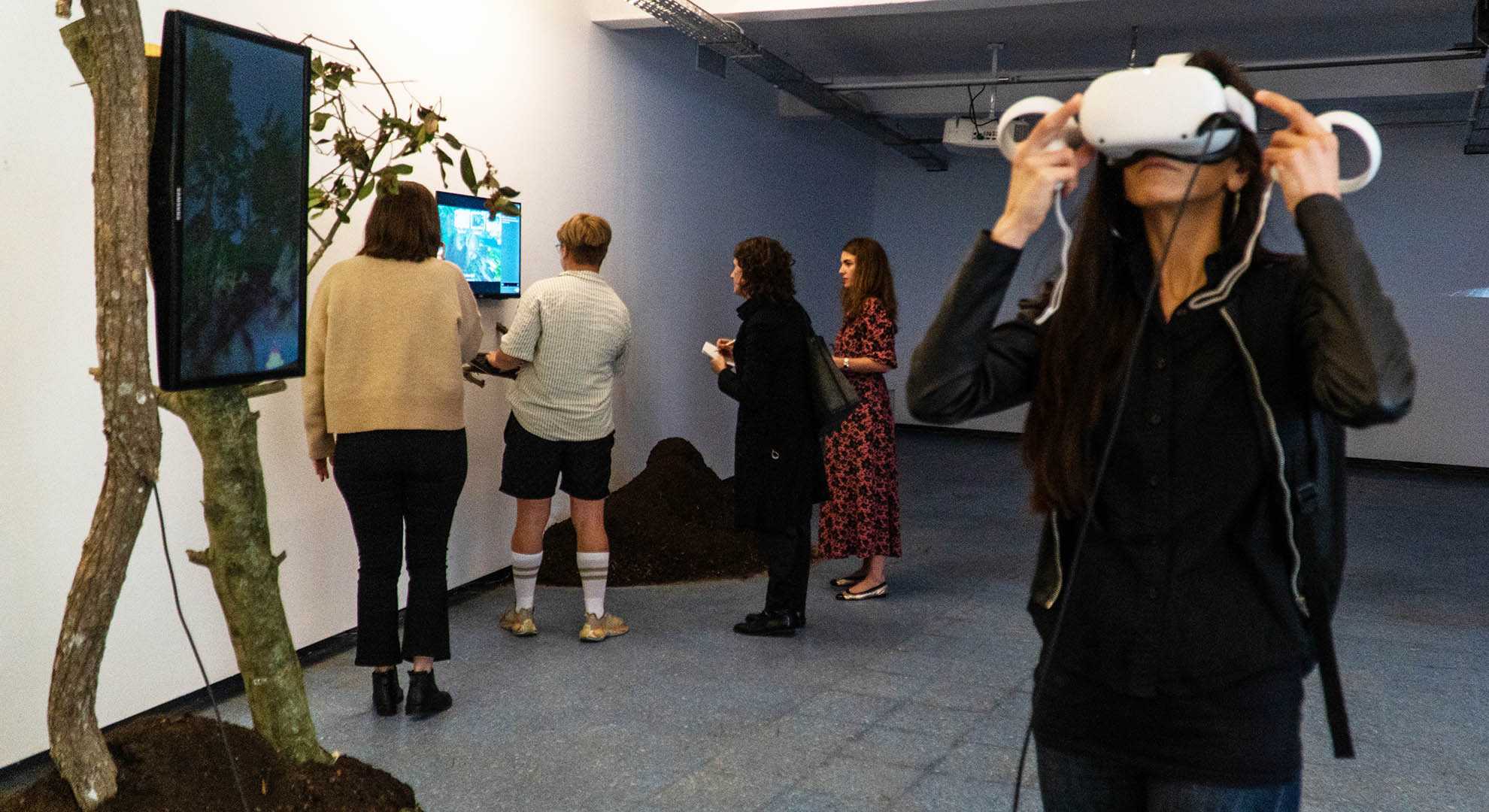Liminal Scenarios
Integration and community in the digital space
As this article is being read the virtual world is being built around us. We are moving at a very fast pace into the digital space also known as the metaverse or web3, the new real estate deal no one wants to miss out on. Post-pandemic practices have accelerated the increase of digital consumption, transforming the existing, more traditional behaviors we experienced before COVID-19 into this new format. It’s just a matter of time for us to become fully immersed in this new reality.
By giving rise to new online community platforms, digital architecture has become the necessary tool for designing these new spaces of interaction by proposing a territory halfway between the physical and the virtual with both constantly merging into each other. A flow that goes from the physical to the digital creating mixed universes as places of interaction, integrity and community. Looping backwards and forwards, these new experiences of spatial quality will also transform the already existing architecture.
These new spaces of community are created by shared experiences of people that have a common view on certain subjects of interest. Their digital personas are defined and constructed by means of “avatars” and they create a digital community hub by participating in a platform to share their thoughts and projects by means of collaboration. In the metaverse where the data is open-sourced and accessible by the members of the digital community, the public time spent on it also creates public space that is used for gathering together in shared activities such as entertainment or commercial uses.
These digital encounters are then translated into the physical space where human-to-human relationships take place: digital platforms that support individuals or groups in addressing their audience where space and time do not have fixed boundaries but instead have their own limits that are managed by the community itself. Welcome to the digital community space!

Reality Overloaded installation for the “Digital Nomad” exhibition. Photo courtesy PROA21, Installation Xcessive Aesthetics
One can think physical communities are separated from digital global communities, but in fact the two are mutually and dynamically related in feedback loops of social interactions. These interactions, which are not visible at a first glance, are shaping our way of collaborating and cooperating as human beings. By grouping certain types of people together with similar interests and goals, the digital interactions are then visible in the physical space giving shape to new architectural typologies. This is where traditional architecture must adapt and respond efficiently to the users’ new demands.
Therefore, digital and physical interactions are defining what is the hybrid space between the real and the virtual, inviting the user to be part of a new collective experience that enables both worlds. This has also created a shift towards decentralized platform systems where online collaboration, production, organization, and publishing of digital content are managed by the individuals themselves. As a result, the preexistent top-down rule methods are fading away and the power is returning to the users themselves.
We are all curators of the spaces we take part in. Real-time based feedback loops between physical and digital spaces are always changing according to the inputs of the individuals that make up the community itself. Also, one can be part of several communities as we act at intersections of multidimensional communities where every community has its own center of gravity as well as every user has its own location, which is their own physical body or device.

Free Dirt, a mixed presence, mixed reality installation for the “Digital Nomad” exhibition. Photo courtesy PROA21, Installation Leah Wulfman
In Digital Nomad: Architecture and the Metaverse, the exhibition that I curated for the 18th International Architecture Biennial of Buenos Aires, several works were presented in relation to architecture and the metaverse. In the space of PROA 21, the idea was to present the innovations that are being developed in contemporary architecture by proposing a new collective experience between the user, space and technology through installations designed by different international practices such as: Xcessive Aesthetics, Space Popular, 2038 New Serenity and Leah Wulfman. Exploring data and alternative realities and proposing digital and physical interactions define a new hybrid space between the real and the virtual, thus offering a new immersive experience of the Internet.
In the 2023 Ecocity Summit to be held at the Barbian Centre in London, my proposal for the Argentinean Pavilion for the 18th International Architecture Venice Biennale will be shown. In response to curator Lesley Lokko’s theme—The Laboratory of the Future—the exhibition highlights the collective experience of immigrants as a minority group. The objective is to revalue the relationship between immigration and local and imported resources, while speculating on the emergence of a more inclusive and complex society.
By using digitalization as the main tool, minority groups, which have been formed as a result of forced immigration due to social conditions or climate change can find community development by collaboration. It will enable them to cease being minorities and enhance their own knowledge and cultural wealth. Moreover, this can be accessible and replicated anywhere because of its digital format. Technology must be a tool for everyone!
Main image: Reality Overloaded Print+AR+ VR: Reality Overloading is a collective virtual space developed through software for video games, digital collage and photography. Image © Xcessive Aesthetics
